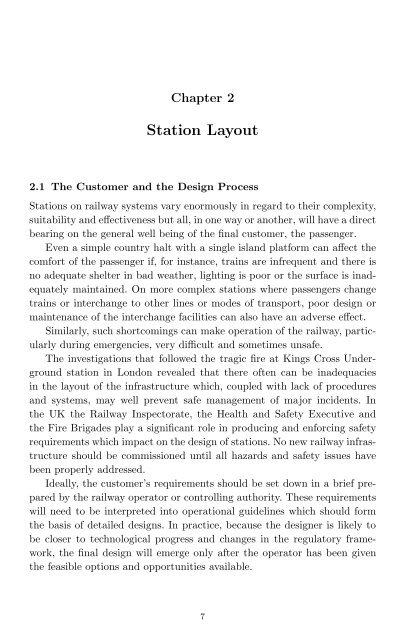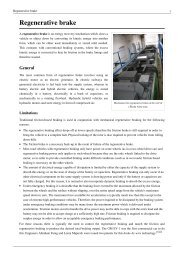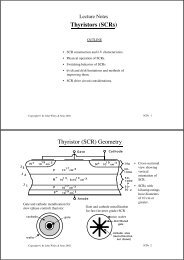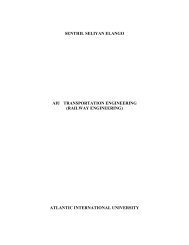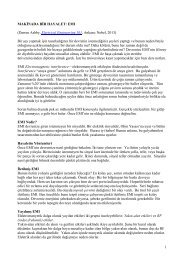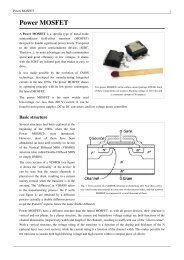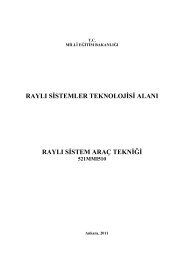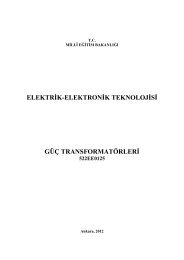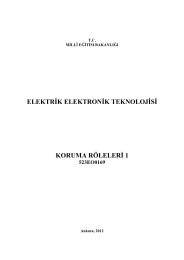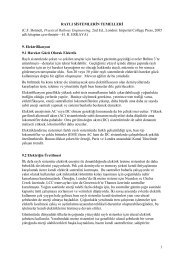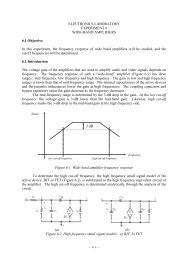2nd Edition
2nd Edition
2nd Edition
Create successful ePaper yourself
Turn your PDF publications into a flip-book with our unique Google optimized e-Paper software.
Chapter 2<br />
Station Layout<br />
2.1 The Customer and the Design Process<br />
Stations on railway systems vary enormously in regard to their complexity,<br />
suitability and effectiveness but all, in one way or another, will have a direct<br />
bearing on the general well being of the final customer, the passenger.<br />
Even a simple country halt with a single island platform can affect the<br />
comfort of the passenger if, for instance, trains are infrequent and there is<br />
no adequate shelter in bad weather, lighting is poor or the surface is inadequately<br />
maintained. On more complex stations where passengers change<br />
trains or interchange to other lines or modes of transport, poor design or<br />
maintenance of the interchange facilities can also have an adverse effect.<br />
Similarly, such shortcomings can make operation of the railway, particularly<br />
during emergencies, very difficult and sometimes unsafe.<br />
The investigations that followed the tragic fire at Kings Cross Underground<br />
station in London revealed that there often can be inadequacies<br />
in the layout of the infrastructure which, coupled with lack of procedures<br />
and systems, may well prevent safe management of major incidents. In<br />
the UK the Railway Inspectorate, the Health and Safety Executive and<br />
the Fire Brigades play a significant role in producing and enforcing safety<br />
requirements which impact on the design of stations. No new railway infrastructure<br />
should be commissioned until all hazards and safety issues have<br />
been properly addressed.<br />
Ideally, the customer’s requirements should be set down in a brief prepared<br />
by the railway operator or controlling authority. These requirements<br />
will need to be interpreted into operational guidelines which should form<br />
the basis of detailed designs. In practice, because the designer is likely to<br />
be closer to technological progress and changes in the regulatory framework,<br />
the final design will emerge only after the operator has been given<br />
the feasible options and opportunities available.<br />
7


